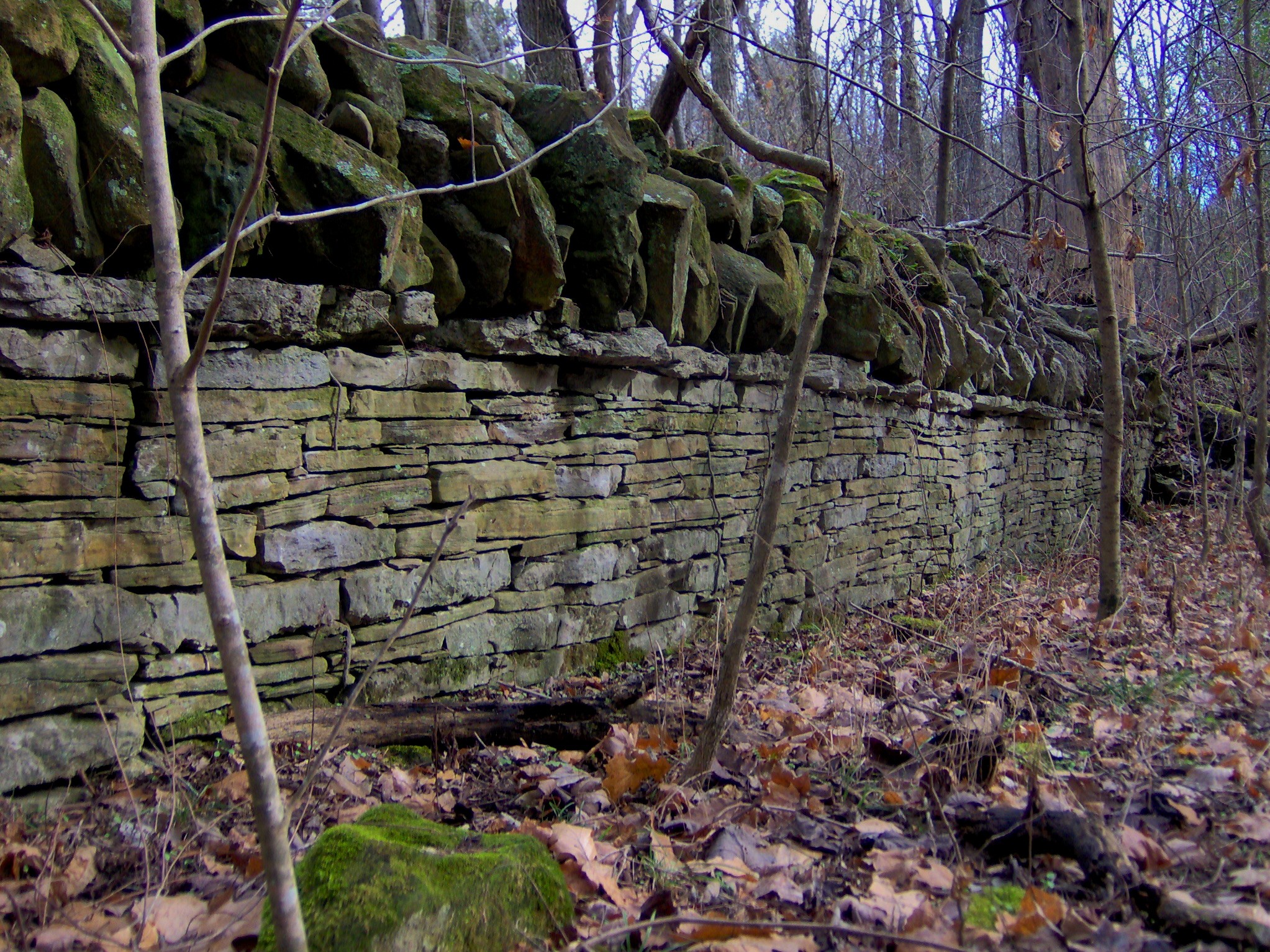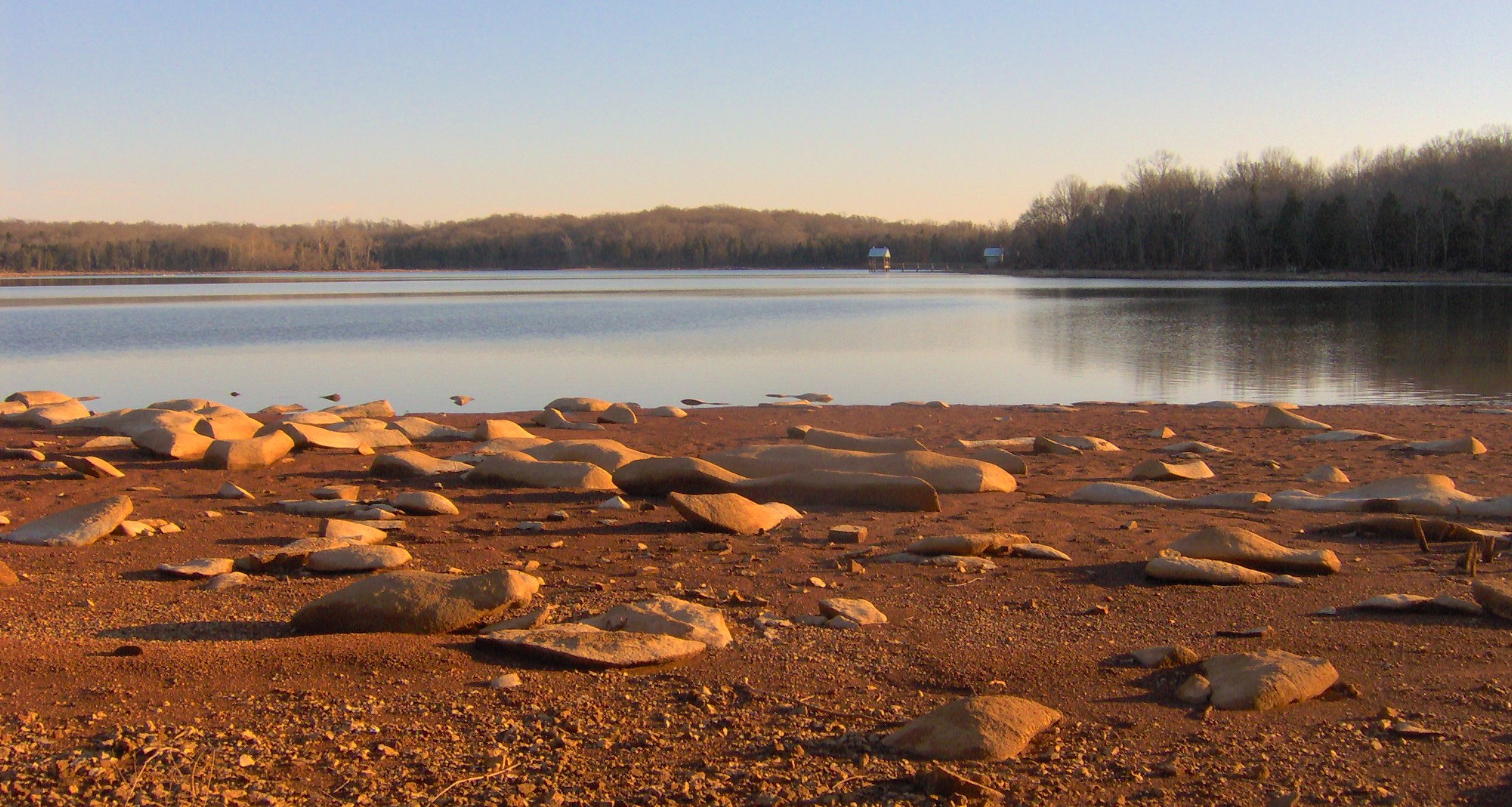Long Hunter State Park on:
[Wikipedia]
[Google]
[Amazon]
Long Hunter State Park is a state park in Davidson County and Rutherford County,
 The West Fork of Stones River flows northward from its source in the hills around Rock Springs, passes through
The West Fork of Stones River flows northward from its source in the hills around Rock Springs, passes through 
 After the
After the 
Long Hunter State Park official website
*
{{authority control Protected areas of Davidson County, Tennessee Protected areas of Rutherford County, Tennessee State parks of Tennessee
Tennessee
Tennessee ( , ), officially the State of Tennessee, is a landlocked state in the Southeastern region of the United States. Tennessee is the 36th-largest by area and the 15th-most populous of the 50 states. It is bordered by Kentucky to th ...
, located in the southeastern United States. The park is mostly situated along the eastern shores of Percy Priest Lake
J. Percy Priest Lake is a reservoir in north central part of Tennessee. It is formed by J. Percy Priest Dam, located between miles six and seven of the Stones River. The dam (easily visible from Interstate 40) is located about east of downtow ...
, an artificial lake created by an impoundment of the Stones River
The Stones River (properly spelled Stone's River) is a major stream of the eastern portion of Tennessee's Nashville Basin region. It is named after explorer and longhunter Uriah Stone, who navigated the river in 1767.
Geography and hydrography
T ...
.
Long Hunter State Park comprises three lake sections — Baker's Grove in the north, Couchville at the center, and Bryant Grove to the south. All three sections are connected by narrow strips of land. The park also manages Sellars Farm, a state archaeological area near Lebanon
Lebanon ( , ar, لُبْنَان, translit=lubnān, ), officially the Republic of Lebanon () or the Lebanese Republic, is a country in Western Asia. It is located between Syria to Lebanon–Syria border, the north and east and Israel to Blue ...
to the east.
Geographical setting
 The West Fork of Stones River flows northward from its source in the hills around Rock Springs, passes through
The West Fork of Stones River flows northward from its source in the hills around Rock Springs, passes through Murfreesboro
Murfreesboro is a city in and county seat of Rutherford County, Tennessee, United States. The population was 152,769 according to the 2020 census, up from 108,755 residents certified in 2010. Murfreesboro is located in the Nashville metropol ...
and Stones River National Battlefield
Stones River National Battlefield, a park along the Stones River in Rutherford County, Tennessee, three miles (5 km) northwest of Murfreesboro and twenty-eight miles southeast of Nashville, memorializes the Battle of Stones River. This ke ...
, and merges with the East Fork of Stones River near Smyrna
Smyrna ( ; grc, Σμύρνη, Smýrnē, or , ) was a Greek city located at a strategic point on the Aegean coast of Anatolia. Due to its advantageous port conditions, its ease of defence, and its good inland connections, Smyrna rose to promi ...
. The East Fork flows westward from its source atop Short Mountain, at the edge of the Highland Rim, and passes north of Murfreesboro. The confluence of these two rivers forms Stones River proper, and marks the southern extreme of J. Percy Priest Lake.
Stones River's J. Percy Priest Lake impoundment stretches for approximately between the confluence of the West Fork and East Fork to the south and the J. Percy Priest Dam near Donelson to the north. Downstream from the dam, Stones River winds its way through a series of bends toward its mouth along the Cumberland River, just east of Nashville. Long Hunter State Park is officially located in Hermitage, a suburb of Nashville.
Tennessee State Route 171 follows Mount Juliet Road south from Interstate 40
Interstate 40 (I-40) is a major east–west Interstate Highway running through the south-central portion of the United States. At a length of , it is the third-longest Interstate Highway in the country, after I-90 and I-80. From west to ea ...
to the park's boundary. The two roads then split, with TN-171 continuing west along Hobson Pike to the park's Couchville section, and Mount Juliet Road (now South Mount Juliet Road) continuing south to the park's Bryant Grove section. Granny Wright Road, which intersects TN-171 just north of its split with Mount Juliet Road, accesses the Volunteer Trailhead and the park's Bakers Grove section.

History
Native Americans were hunting in the Stones River Basin as early as 12,000 years ago, as evidenced byflint
Flint, occasionally flintstone, is a sedimentary cryptocrystalline form of the mineral quartz, categorized as the variety of chert that occurs in chalk or marly limestone. Flint was widely used historically to make stone tools and sta ...
tools found on the grounds of Long Hunter State Park. The Nashville Basin
The Nashville Basin, also known as the Central Basin, is a term often used to describe the area surrounding Murfreesboro, Tennessee, in which Nashville is located. The Central Basin was caused by an uplifting which produced a dome known as the N ...
is full of evidence of Paleo-Indian habitation, including Clovis points and a mastodon kill site in Williamson County, several miles west of Stones River on the other side of Nashville. A fortified Mississippian-era village was located near Lebanon at Sellars Farm, the site of which is now maintained by Long Hunter State Park. The Sellars Farm site was occupied between A.D. 1000–1300, and included a series of "platform" mounds and a central plaza.
Among the first Euro-Americans to explore the Nashville Basin were small groups of hunters known as long hunters. Long hunters had arrived in the region by the 1760s, typically following the Cumberland River valley from Virginia
Virginia, officially the Commonwealth of Virginia, is a state in the Mid-Atlantic and Southeastern regions of the United States, between the Atlantic Coast and the Appalachian Mountains. The geography and climate of the Commonwealth ar ...
. The term "long hunter" referred to the relatively lengthy period of time (usually 6–18 months) a typical long hunt lasted. Most long hunters initially sought animal furs for sale back in Virginia, although later long hunters were employed as surveyors. Stones River, upon which Long Hunter State Park is situated, is named for Uriah Stone, a long hunter who allegedly had all of his furs stolen by a French companion while hunting along the river in 1767. Geographical and topographical information gathered by long hunters would later be invaluable to the Nashville area's first settlers.
 After the
After the Cherokee
The Cherokee (; chr, ᎠᏂᏴᏫᏯᎢ, translit=Aniyvwiyaʔi or Anigiduwagi, or chr, ᏣᎳᎩ, links=no, translit=Tsalagi) are one of the indigenous peoples of the Southeastern Woodlands of the United States. Prior to the 18th century, t ...
ceded the Stones River area to the United States in 1805, settlers began to arrive in large numbers. Among the first to settle at what is now Long Hunter State Park were Sherrod Bryant and his son, Henderson, who were living in the valley by 1820. The Bryants, who were the namesake for Bryant Grove, were one of the wealthiest African American
African Americans (also referred to as Black Americans and Afro-Americans) are an ethnic group consisting of Americans with partial or total ancestry from sub-Saharan Africa. The term "African American" generally denotes descendants of ens ...
families in the state by the time of Sherrod's death in 1854. Other early settlers included the Couch family, who operated a store and river crossing just north of Bryant Grove.
In 1963, largely due to the demand for flood control along the volatile Stones River, the United States Army Corps of Engineers
, colors =
, anniversaries = 16 June (Organization Day)
, battles =
, battles_label = Wars
, website =
, commander1 = ...
began construction on Stewart's Ferry Dam near Donelson. The dam — which was renamed for Congressman James Percy Priest (1900–1956) — was completed in 1968. The impoundment of the river forced water to back up through underground channels, leading to the formation of Couchville Lake, the small lake situated near the center of the park. In 1972, the Corps of Engineers leased of land on the east shore of the reservoir to the state of Tennessee for the formation of a state park. Long Hunter State Park officially opened in 1978.
The Sellars Mound site, which had been excavated by Peabody Museum curator Frederic Putnam in the late 1870s, was added to the National Register of Historic Places
The National Register of Historic Places (NRHP) is the United States federal government's official list of districts, sites, buildings, structures and objects deemed worthy of preservation for their historical significance or "great artistic ...
in 1972 and purchased by the state of Tennessee in 1974. In the late 1990s, the Friends of Sellars Farm State Archaeological Area was formed by volunteers who began promoting the site and offering tours. The site became a satellite of Long Hunter State Park in 2004.

The park today
Long Hunter State Park consists of approximately managed by theTennessee Department of Environment and Conservation
The Tennessee Department of Environment and Conservation (TDEC) is a Cabinet-level agency within the government of the U.S. state of Tennessee, headed by the Tennessee Commissioner of Environment and Conservation.
The Department of Conservation ...
. The park includes two boat launch ramps on J. Percy Priest Lake, several miles of hiking trails, several group campsites and one backcountry campsite, a meeting facility, and a visitor center. Non-motorized boats are allowed on Couchville Lake.
The Volunteer Trail follows the lakeshore, connecting the Couchville and Bakers Grove sections. Two back country campsites are located at the end of the trail. A flat, paved trail circles Couchville Lake (which is not connected by surface water to Percy Priest Lake), and includes a bridge spanning the eastern end of the lake. The Jones Mill Trail, in the Bryant Grove section, leads to the top of Bald Knob, a clear hilltop that overlooks J. Percy Priest Lake.
References
External links
Long Hunter State Park official website
*
{{authority control Protected areas of Davidson County, Tennessee Protected areas of Rutherford County, Tennessee State parks of Tennessee